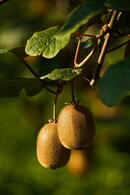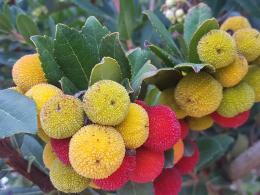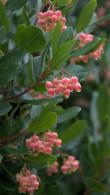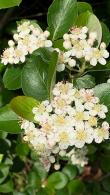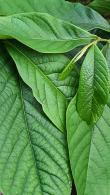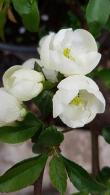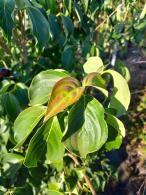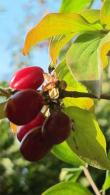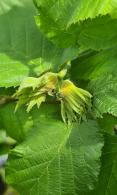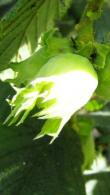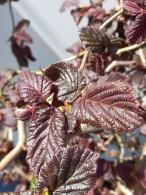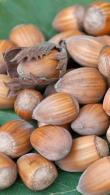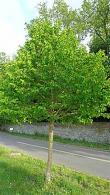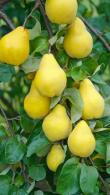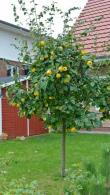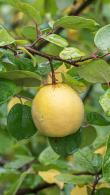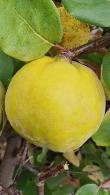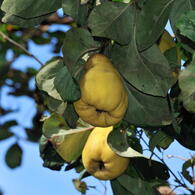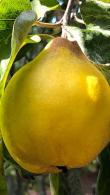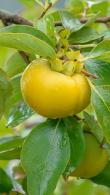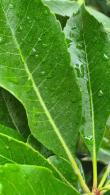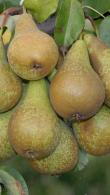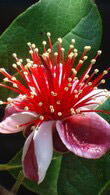Olive Trees & Fruit Trees
Olive Trees and Fruit Trees - many varieties and sizes
Olive Trees: Our plant centre has a large selection of Olive Trees. Botancial Name Olea Europea is the hardiest olive variety and all our olives have survived well in the last 20 winters. The olive trees range from a few years up to over 100 years and the price is generally judged on the thickness of the girth of the tree. We have olive trees with girths over 120cm which are around 80 years of age. Olive Trees are one of our most popular trees and have a wonderful silvery foliage preferring a sunny or warmer area in the garden. These trees are suitable to be kept in a pot or can be planted in the ground. If you are after something special, see our colleciton of unique specimen olive trees, one-of-a-kind mature olive trees for creating instant impact in your garden or patio.
Our Olive Tree Shrubs are a nice bushy shape and ideal for use as olive hedging.
Apple and Other Fruit Trees: We have a wide collection of crab apple trees, eating apple trees, pears and plum trees. We also have exotic Fig Trees, Quince Trees and much more.
Patio Fruit Trees are popular at the moment as these are well suited to use as fruit trees for smaller urban gardens. We have standard-shaped patio apple trees and pear trees ready to plant, either in containers or in the ground. See our full collection of half and quarter standard fruit trees here - limited availability in stock now. You may also be interested in our range of espalier fruit trees.
